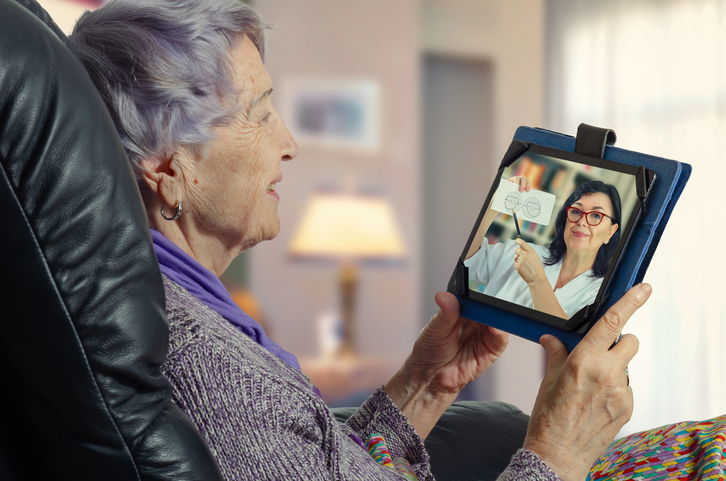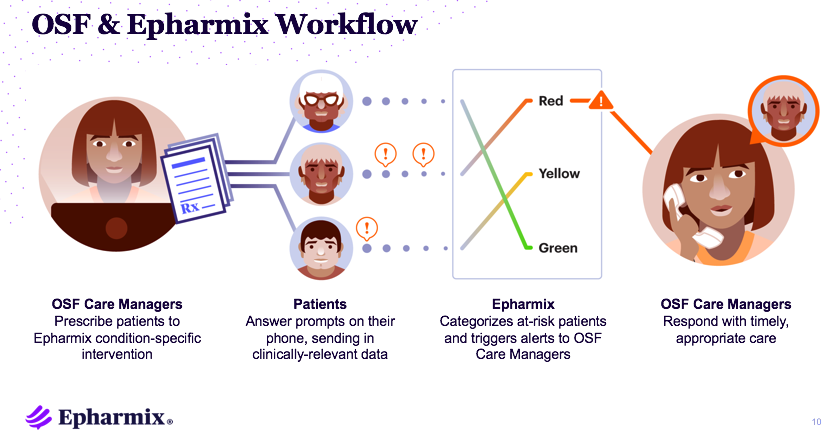
The Truth About Portals: Why Is Patient Usage so Low?
This stark reality raises an urgent question for health system executives: why aren’t patients engaging with these online tools, and how can we fix it?

This stark reality raises an urgent question for health system executives: why aren’t patients engaging with these online tools, and how can we fix it?

While patients are becoming increasingly comfortable with engagement technology, it is important that practices be inclusive of different generational levels of ability when deploying their suite of tools.

Solution developers have a key role to play in mapping the full patient experience and providing patients with the tools and knowledge needed to overcome common hurdles and maintain high rates of compliance. Doing so will benefit both patients and innovators.

When we meet members where they are — whether it’s helping them buy groceries or find transportation to a doctor’s appointment — we’re not just closing care gaps; we’re building trust.

New technologies thoughtfully implemented help providers reallocate time and deliver new value by aligning efforts with provider goals to enhance the experience for patients. Leveraging these new digital solutions allows clinicians to streamline lower-priority and non-clinical tasks, so they’re able to focus on bedside patient care.

When designed effectively, digital payment and financial communications can have a substantial impact on a hospital or health system’s bottom line. But patients still commonly receive their bills by mail.

Rather than continuing to pour scarce resources into additional salaries, bonuses, benefits, and recruiting, providers should consider investing in digital patient engagement tools that enable existing staff to work more efficiently and at the highest of their abilities.

By putting a solid telehealth/virtual care partner solution in place, primary care physicians can provide extended guidance and care to their patients outside of their office hours.

Through Epharmix, which offers condition-specific communication tools that allow care teams to remotely monitor patients, the health system can better connect with patients outside the hospital.

At MedCity ENGAGE on November 7, leaders from Dignity Health and UC San Diego Health discussed challenges to IT adoption as well as how technology can benefit patients and clinicians.

Reaching your patients through the technology they already use is key to patient engagement, and email and text are the most effective way to reach patients of all ages.

Three strategies for effectively engaging patients on social media.